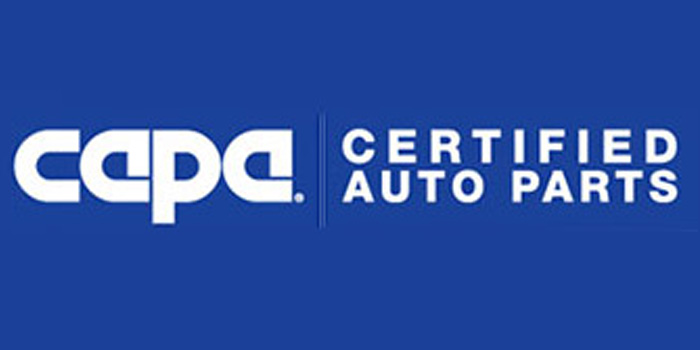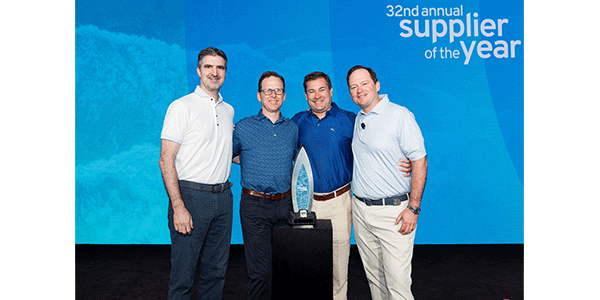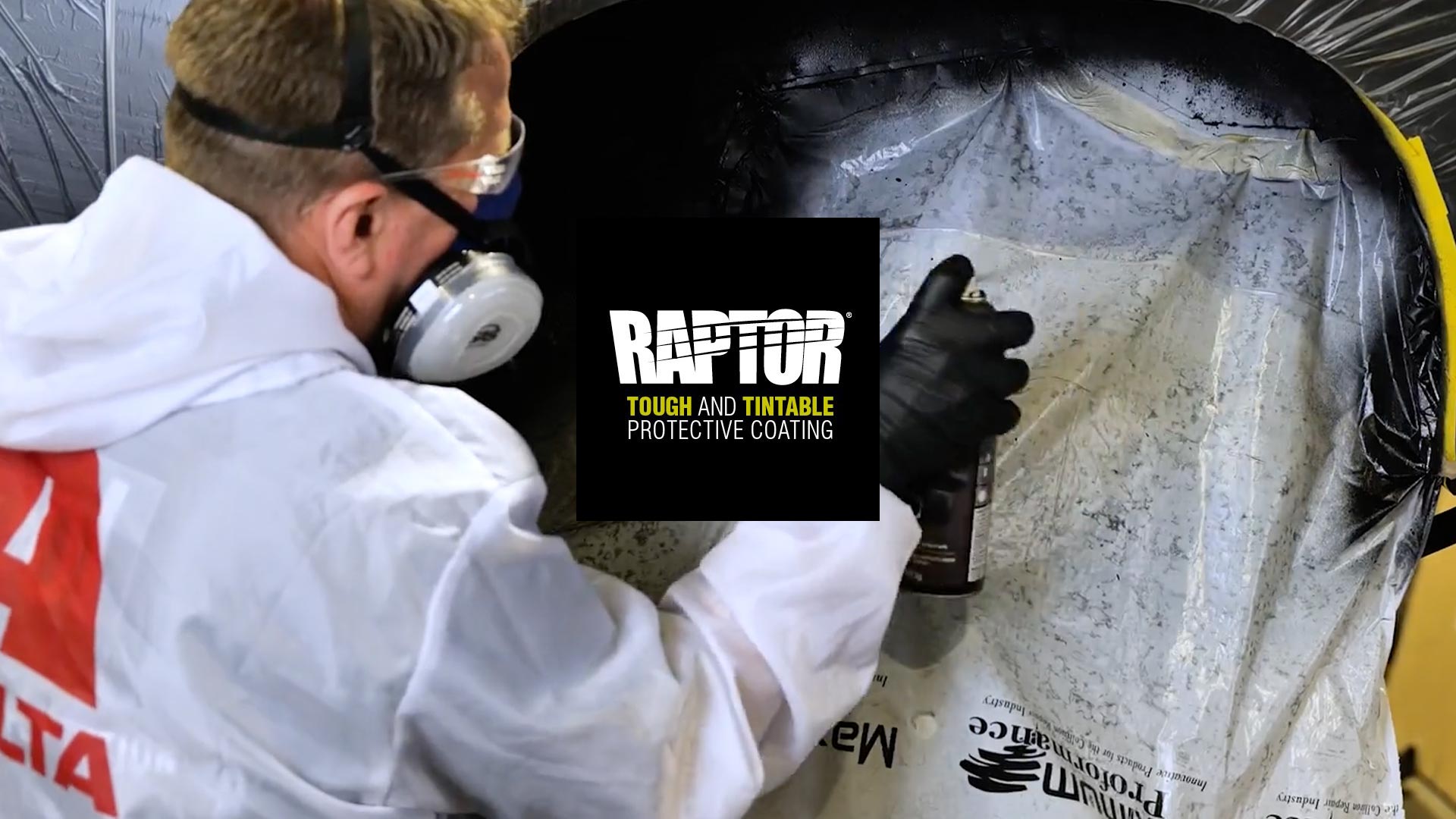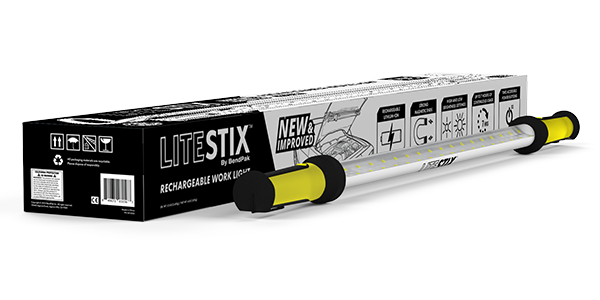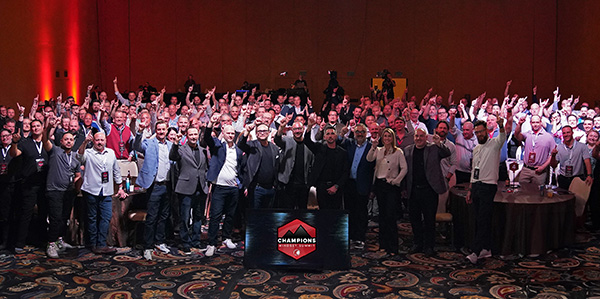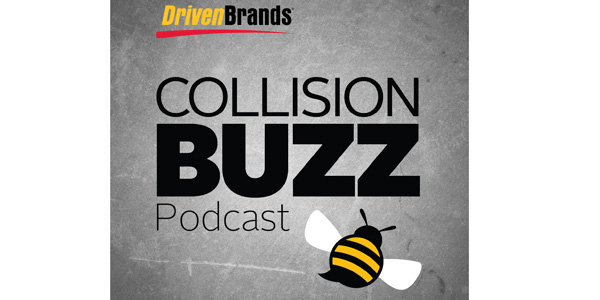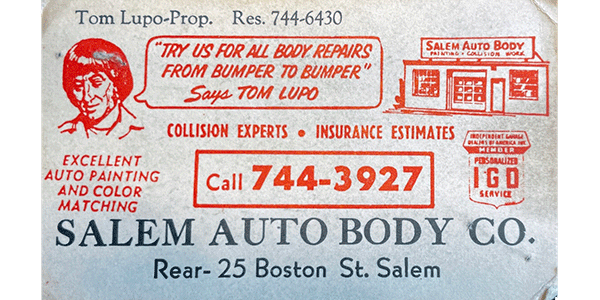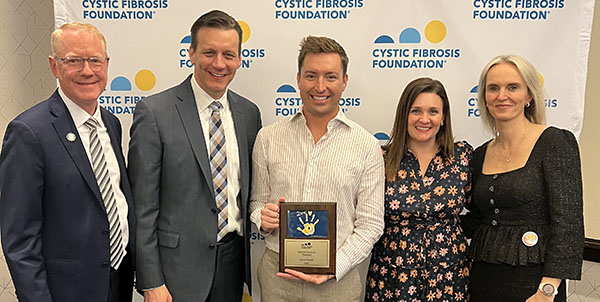Obscenity. Simply defined, it’s the state of being offensive to standards of decency or modesty. But does that mean obscenity is easy to determine? Not necessarily. Lacking a good way to properly describe it, former U.S. Supreme Court Justice Potter Stewart once defined obscenity as: “I know it when I see it.”
Illegal steering. Simply defined, it’s when insurance adjusters indicate there’s no other way to get a vehicle repaired than through one of their preferred shops. But is illegal steering easy to determine? Not necessarily. A lot of repairers will say, “I know it when I see it.”
But knowing what it is, what makes it illegal and what you can do about it are very different things. What can you do about it? Educate consumers. To do this, however, you have to know what is and isn’t steering. And in the fight to end steering, being unprepared can be pretty obscene. I’m not sure how obscene, but I’ll know it when I see it.
Steering Power
Steering can be blatant (“Joe’s Collision Shop is so inept they couldn’t get wet if they camped for three days in a rainforest. Go to one of our preferred shops instead”) and it can be very subtle (Adjuster raises an eyebrow and says, “Joe’s is OK. I’ve got nothing against them. But you may not get your car back as fast as with our preferred shop”). So what’s obscene here and what isn’t?
Well, we take all possible scenarios and – based on each state’s respective steering laws and regulations – analyze each to determine if steering exists, how blatant it is and what remedies should be taken. And by the time we’re done with that, there will be a Starbucks on Saturn.
But there are a few broad ways steering is done; some are more blatant than others, and most aren’t illegal. Each broad case here begins with a customer saying he wants his car fixed at Joe’s Collision. The adjuster doesn’t think that’s a good idea. In scenario A, the adjuster says, “Take it to Joe’s, but I won’t be able to get out there for awhile.” In scenario B, he says, “Joe’s is fine, but they might charge a higher rate than what’s normal, and if they do, you’ll have to pay the difference.” In scenario C, he says, “We can’t guarantee the quality of repairs if you take it to Joe’s.”
In each case, if asked by the customer for a recommendation, the adjuster can legally give the customer a list of preferred shops. And if the customer chooses a shop from the list, Joe is going to be disappointed. Why? Because he was this close to getting this job, and in a flash, it was gone. Was work steered from his shop? Was what the adjuster did ethical? Lawful? Joe and the adjuster would have different answers to those questions.
Before answering those questions, it’s important to know why it’s not difficult for an adjuster to influence a customer. It’s not like the adjuster is the Maharishi casting a spell and the drivers are the Beatles. But the adjuster is a likely first contact for a customer after an accident. So before you can state your case as to why you should repair a consumer’s car, the adjuster is there advising the consumer on the repair process. The adjuster seems to hold the power, while the shop is left holding the accountability.
“The main motive for insurer steering remains the same: control,” says Pam Pierson of Princeton Auto Body in Princeton, Ill. “Insurers have always known the importance of retaining control over our industry, as they’ve always had executives with degrees in psychology offering various advice and methods to perpetuate control. Through years of perceived control, insurers have given the sense that they maintain authority on how repairs should proceed. Although a shop is still burdened with total liability, it’s the insurer who gains financially from this dominating relationship.”
And controlling the repair process is important to both sides. While the true motive should be, and often is, getting the car expediently repaired to pre-accident condition and returned to the customer, it’s difficult for this to consistently happen because two of the main parties in the process often have conflicting goals.
“My personal opinion is [the insurers] don’t really care about the customer or the customer’s car,” says Bob Collins, manager of Needham Body Shop in Boston. “They’re just looking to get out of it as cheaply as possible. In order to have a partnership with [the insurer] to serve a third entity, you need a common goal. You could say our common goal is to take care of the customer … but when you cut through all the crap and get to the bottom of it, it’s the insurance company trying to save money while the shop wants as much money as possible – because quality costs money. These two goals are at the opposite side of the spectrum.”
While shop owners may say insurers try to get cheap repairs by using preferred shops, insurers respond by saying they don’t want to get ripped off by a non-referral shop of the customer’s choice. “If there’s no agreement on price, then the customer might have to pay the difference – but only if the insurance company can clearly show the shop isn’t competitive in the market,” says an insurance adjuster for a major firm. “Let’s say all the shops in that market charge $40 per hour, but the customer’s shop wants to charge $60 per hour. If everything else is the same, then the insurance company could argue that the extra $20 would be the burden of the customer.”
Point taken. Since the insurer has a contract to restore the customer’s car to pre-accident condition, the insurer has to make good on that. And if some mandate says the insurer must pay for everything, no matter where the customer goes and no matter what it costs, then the insurer could argue this would give shops carte blanche to charge whatever the heck they want. Such freedom would allow shop owners to have beach houses in Aruba and private jets with bowling alleys inside them.
But it’s one thing to let a customer know if a shop is charging too much when the items on the estimate are identical to the items on the referral shop’s estimate – it’s another thing to only inform the customer on a price discrepancy and “forget” to mention repair quality also might be a variable.
“I’ve had appraisers flat-out lie about things,” says Collins. “I had a structural diagnostic case where I wanted to put the car up and measure it with computers and that kind of stuff. I told the customer it would be $250. The appraiser said any shop in town will do it for $60. … So while the customer was there, I called five shops in the area and none of them had the equipment we had to do the work, let alone do it right for $60.”
“Does steering happen? Of course it does. Does that make it right? No,” says Michael Barnes, a former supervising auto damage adjuster out of New York City. “Some adjusters steer, and their actions paint an unfair picture of the insurance industry. It’s no different than the shop owner who gets arrested for possession of stolen property. Does that paint a fair picture of shops? I don’t think so.”
But according to some shops, it’s easier for insurers to get away with steering than it is for shops to get away with putting one over on the insurance company. For one thing, many consumers aren’t aware of the whole process and don’t know they’re being steered. For another, insurers can give customers the information they’re required to give according to state law, without giving too much information. This way, they can steer legally.
“Insurance companies and adjusters have over the years refined ‘word tracks’ to a fine art,” says Pierson. “They instill doubt in the customer’s mind that they’ll be forced to pay higher or additional charges and lose assistance from their insurer regarding their repair by not using the insurance-preferred body shop.”
For example, in all states, customers can get their cars repaired wherever they want. And the insurer is supposed to let them know this. But the trick is how they convey this information. For example, it can be printed in small print on the back of the customer’s policy, where they might not look. Or the adjuster can hand the customer a list with preferred shops, and after the customer looks it over, the adjuster might say, “Oh, by the way, you can go wherever you’d like. This is just a list of our preferred shops.” Now call this micromanaging the syntax, but the use of the word “preferred” here can have two meanings. The customer might think it means the better shops out there. (They’re preferred after all. By who? Who cares? Just fix it!) The insurer, however, thinks of them simply as the shops on their DRP – shops they would prefer the consumer use.
But what if the adjuster keeps his mouth shut and just hands the customer a list? “I can’t speak for other states, but in Massachusetts, there are very specific regulations about steering any particular claimant to and away from any shop,” says Collins. “That said, when you get a referral from some insurance company, all their referral shops are highlighted, with phone numbers, and non-referral shops don’t have a phone number. That looks like steering to me.”
It may look like steering and the fact that it might lead a person to choose a preferred shop would indicate that it is steering, but is it illegal steering? No. It’s legal for an insurer to provide consumers with a list of its preferred shops. And the list need not even include non-preferred shops. By providing a list, along with indicating the consumer has the final choice on where to take his car, the insurer has followed the law.
And insurers will insist the customer is making a logical choice when he or she selects a preferred shop. According to an adjuster from a prominent insurance company, this decision is a no-brainer. Those on the list, he says, are shops judged to be able to properly handle the extra workload that being on a DRP brings. By choosing a shop on the list, the customer gets a lifetime guarantee on the labor and parts, and the repair will be done for the negotiated rate. If there’s a problem with the repair, the customer can take it up with the insurer. On the other hand, picking a non-preferred shop of their choice means the insurer just pays what they agree to, and if there are any problems, the insurer doesn’t have to hear about them. The problem is now between the shop and the customer.
“The warranty on the OEM parts they put on your car is for 30 days or the factory warranty, whichever is longer,” says the adjuster. “[But with the preferred shops], the parts warranty is now as long as you own the car. The same for used and aftermarket parts. Which would you choose?”
We Don’t Need No Education
If customers are told an insurer will guarantee the parts and repair if they go to a preferred shop, then how do you get a chance to respond? “The insurer knows the shop guarantees the repairs anyway,” says Collins. “But they try to take credit for it. But referral shop or not, they still guarantee the repair because they’re the ones who ultimately owe pre-accident condition. That’s something shops need to learn.”
Learn about steering, your rights and customer rights? Why? What’s all that effort got to do with fixing cars? It can be the difference between having cars to fix and having no cars to fix.
“Shop owners have contributed to this scenario by their ignorance of basic fundamental claims differences,” says Pierson, who notes that learning avenues like those offered by attorney Patrick McGuire (see May BSB, pg. 22) have been very helpful. “Educating ourselves … has become the greatest tool in clarifying the vehicle owner/shop/insurer relationship. By dispelling the long-held belief that [insurance issues] were too complex for an average person to possibly comprehend, we’re now able to confidently explain to our customers various repair situations and offer them resources on their particular situation.”
Not only do shops have to learn this for themselves, they also have to convey enough of this information to the customer so he can make a sound decision. At its most blatant, steering is giving a customer no other options than to use a preferred shop. At its most legal and subtle, steering is an insurer recommending a shop if a customer asks. For example, what if the customer (We’ll call him Mulder) was kidnapped by aliens 30 years ago, is dropped back on Earth today and the first thing that happens is he gets in an accident. (He’s not a lucky guy.) He has no idea where to take his vehicle, so he asks his insurer for advice. (Sure, it’s odd his policy would’ve been renewed for all these years, but bear with me.) His insurer doesn’t want to lose this loyal – and accident-free for three decades – policyholder, so the adjuster gives him a list of shops, with the preferred shops marked and says, “You can go wherever you like.”
And this is legal, provided no indications are made that one shop is better than the other. “There’s a fine line between marketing and steering,” says Pierson. “To have a shop recommended by an insurance company as capable and qualified is one thing, but to state that a shop is difficult to work with and that the customer can’t use their choice of shop based solely on the shop not providing the insurance company discounts or concessions is unethical and improper.”
And just because Mulder chooses a preferred shop from the list doesn’t mean he was steered. “Not every vehicle sitting in a DRP shop belonged to [another shop] as a customer in the first place,” says Barnes. “For example, there’s a mindset of some consumers who believe that a Lincoln must be repaired by a Lincoln-Mercury dealer. For those people, it works out if the insurance carrier just happens to have a Lincoln-Mercury dealer as part of its program.”
What if, instead, Mulder says he’ll choose a non-referral shop, and the adjuster knows that choice is bad for the customer? The place is so terrible he’s certain they’d have problems airing up tires without burning the place down. What can he do then? Can he warn his customer without illegally steering him? No.
“As a field adjuster, this has come up many times,” says Barnes. “However, my response was always the same: ‘I’m sorry, but I’m not allowed to recommend any particular shop.’ At times it was hard, knowing the good or bad reputation of a shop, but it couldn’t be said one way or the other. I always left it up to the consumer.”
Unfortunately, many customers could care less about steering because they just want the least hassle possible. And if this means going to a preferred shop, then so be it. “[Many customers] just [want to] be told where to drop their vehicles off … [where to] pick up a rental vehicle and when to pick up their repaired vehicles, with little or no inconvenience to their daily life,” says Barnes.
Barnes makes a good point. From pay-at-the-pump gas to electronic airline tickets to ATM machines, many transactions these days are done in the fastest and easiest way possible. People seem to want this. So how can you educate customers when all they want is to get their cars fixed fast?
Collins advocates an approach to teach customers about their rights. “We have documents that give, in a form-letter fashion, an explanation of their rights in simple-to-understand terms,” he says. “For instance, it lets them know they don’t have to authorize any additional payments to the body shop of the insurer’s choice. If the insurance company says the repair can be done for X amount of dollars, then take them up on their offer and don’t authorize [additional work].”
Collins says that as an owner of a post-repair inspection facility, he has access to forms that educate customers of their rights. Some shops don’t have that luxury, but that doesn’t mean they can’t educate. “You can give out customer protection information,” Collins says, pointing out that anticipating an insurer’s move can also prove useful. “Tell customers up front that their insurance company may do this and may say that – so they aren’t surprised.”
But like a lot of shop owners and managers, Collins knows it’s not easy to educate consumers if they don’t come into your shop. At that point, you need a method of marketing – selling yourself along with your knowledge of the repair process. While many owners would admit buying up radio or television spots to educate consumers is expensive and a bit overwhelming (How do you discuss steering and customer rights in 30 seconds?), it’s still possible to get the word out. “I try to lead customers to informative Web sites,” says Collins. “As far as me trying to educate, I do trade shows, give talks to different civic organizations and go to insurance agents to drop off customer rights brochures.”
Also, keep in mind that while many consumers want their cars repaired quickly without a lecture on their rights, others dislike the insurance industry and will be apt pupils. “I think customers don’t have a lot of trust in their insurance companies anymore,” says Collins. “Insurers have always gotten a lot of bad press, so I think when you show them the regulations and the laws … they tend to believe the shop over the insurer. It’s not hard to make the insurance companies look bad because they do it to themselves. This is especially true when you start documenting things in writing.”
While a lot of this is up to the customers (Do they want to learn? Are they willing to listen?), you can help alleviate the pain of legal and illegal steering by making an effort to educate them all. “We all talk about big business,” says Barnes. “But it’s the small-business owner who makes this economy grow. The small shop owner trying to make a living faces enough problems without someone actually stealing potential customers away.”
To keep your customers, keep yourself informed and share that information with as many consumers as possible. “Educated shops,” says Pierson, “clearly see the differences between shrewd marketing of DRP shops and slander against non-DRP shops.”
Are you that educated about what’s steering and what isn’t? If not, how do you expect consumers to know the difference?
Writer Mike Lawrence is associate editor of BodyShop Business.
|
Educate Yourself First The Montana auditor, however, was only speaking to Montana residents, and MABA could only inform residents of Massachusetts. Why? Because steering laws vary from state to state, and depending on where you live, some are more favorable to shops than others. But you don’t need a political science or law degree to know the regulations. The Automotive Service Association (ASA) has a list of state laws on their Web site (www.asashop.org). These same laws can also be found on www.insure.com. Or you can contact your state’s department of insurance and ask them all sorts of questions. You can also log onto the National Association of Insurance Commissioners (NAIC) Web site at www.naic.org to find the contact information for your state commissioner. Then call him or her and ask questions. In fact, contact the commissioner on June 12. This way, if a bunch of you readers call, the respective state commissioners won’t have to repeatedly dig up the information. You can make up a story like, “This is Call My Commissioner Day, so I doubt I’m the first to call you about this today.” That way they can’t give you the runaround because the information should be on their desk since someone else called them about it five minutes before. |


